Going live on Twitch can feel a little exciting yet overwhelming, as it requires an extensive setup to ensure a flawless live stream. From setting up the camera and mic to adjusting the OBS, things can get a little hectic and confusing.
Without a proper setup and the right OBS settings, you might run into problems like laggy video, poor audio, or unstable connections. Whether you’re a beginner or looking to optimize your current setup, this guide walks you through the essential steps to stream efficiently.
A Quick Checklist for a Perfect Streaming Experience
Before diving into settings, make sure your foundation is solid.
- Internet Connection: If you are aiming for 1080p streaming on Twitch, the upload speed must be around 6-8Mbps. A wired connection is better than Wifi as it minimizes connection loss and prevents latency spikes.
- Suitable Hardware: A capable computer with a dedicated GPU, such as NVIDIA, that can handle encoding efficiently. A quad-core CPU keeps the stream stable. If you are aiming for multistreaming, you should have 16 GB or more of RAM.
- Twitch account and its stream key: You must have your Twitch account and its stream key. For the key, go to the Creator Dashboard, click Settings, then choose Stream, and you will find it there.
- Camera/Mic: To look and sound professional, you must have reliable gear. For streamers who want to go live often or already stream regularly, they can try Hollyland VinusLiv Air. Its 24/7 streaming capability allows you to broadcast continuously without overheating or connection drops. It also features AI tuning for automatic lighting and color adjustments and supports 4K at 30fps, giving your stream a clean, cinematic look straight out of the box.
Steps to Setup OBS for Twitch Streaming
Install OBS
First, you need to install OBS on your computer system. For this:
- Go to the official OBS Studio, and choose the version for your operating system macOS, Windows, or Linux.

- Run the installer using default options unless you have custom requirements.
- After installation, open OBS and grant any permissions for your microphone, camera, or screen capture.
Setup OBS
Auto-Configuration Wizard for Streaming
When you launch OBS for the first time, you’ll see an “Auto-Configuration Wizard.”
- Choose the option to “Optimize for streaming” (rather than just recording). OBS will run a quick test of your system and network, and then propose settings such as resolution, frame rate, and encoder type.
- Accept the recommendations to establish a reliable baseline. You can always fine-tune later, but this wizard gives you a dependable starting point.

Configure Scenes and Sources
When you first open OBS, you’ll notice a small box labeled “Scenes” at the bottom left corner of the window.
- By default, there’s one blank scene named Scene. You can rename it by right-clicking and selecting the “Rename” option.
Right beside the “Scenes,” there is a “Sources panel.” To configure sources:
- Click on the “+” icon to add your source.

- Choose “Game Capture” if you want OBS to automatically detect and stream your game window.
- When prompted, set Mode to “Capture any fullscreen application.” or select any specific game.
- If you plan to show your entire desktop, choose “Display Capture.”
- Click + again in the Sources panel and select “Video Capture Device.” Choose your webcam from the device list and hit “OK.”
Note that, for multiple sources, the source below will be covered by its top source. For instance, if you do not want your camera to be visible, drag and drop the screen capture above the video source. The camera footage will still remain there, but hidden under the screen display.
Adjust Audio Settings
- Open OBS and look at the Audio Mixer at the bottom. You should see Desktop Audio (system sounds or game audio) and Mic/Aux (your microphone).
- Speak into your mic to see if it is enabled. If the green bar moves, it’s working. If not, go to “Settings,” click “Audio” and choose your mic device.

- To improve sound quality, click the gear icon next to Mic/Aux and then choose “Filters.”

- In the new window, click the + icon and add these filters one by one:
- Noise Suppression removes background hum.
- Noise Gate blocks unwanted noise, like keyboard clicks, when silent. Optimize the decibels in the close and open threshold so that your mic only works when you are speaking at a normal volume.
- Compressor balances your voice levels when they are suddenly loud during laughing, cheering, or yelling.

Note: For Compressor settings, set the “Ratio” between 3:1 and 4:1, and “Threshold” around -18 to -20 dB.
Confirm Video Settings
- Open “Settings” and click “Video.”

- Set your Base (Canvas) Resolution to 1920×1080 (your monitor native)
- Choose an Output (Scaled) Resolution: if your internet and hardware allow, use 1920×1080, and if not, 1280×720 is sensible.
- Choose a frame rate: 60 fps for gameplay, or 30 fps for more casual or chat-based streams.
- Then go to “Settings” and select “Output.”

- Select “Encoder” (NVENC is preferred if you have an NVIDIA GPU or otherwise x264).
- Set Bitrate to 6000-8000 kbps as it is a good target for 1080p, or you can drop to 4500 kbps for 720p.
- Adjust the Keyframe interval to 2 seconds and apply.
Link Twitch to OBS
- In OBS, go to “Settings” and click on “Stream.”

- Under “Service,” select “Twitch.”

- Paste the Primary Stream Key you copied from Twitch and paste it in OBS.

- Click “Apply.”
Conclusion
Setting up OBS for Twitch streaming is not as difficult as it seems. With the right hardware, a stable internet connection, the correct stream settings, and an efficient mic/camera, even beginners can stream like professionals.
After that, build a loyal fanbase by streaming regularly, monitoring your audience’s interest, and most importantly, interacting with them.
FAQs
1. Why does my stream look laggy even with good internet?
Even a strong internet can’t fix lag if your computer struggles. Lower your resolution or frame rate, close background apps, and use OBS’s “Dropped Frames” indicator to adjust encoding or bit rate for smoother streaming.
2. What’s the ideal bitrate for first-time streamers?
Start small, around 4500 kbps for 720p 60 fps. If your stream stays stable with no dropped frames, move to 6000-8000 kbps for 1080p. Always leave extra upload speed for consistency.
3. What is the best OBS setup for Twitch streaming?A great starting setup should include a 1080p canvas, 720p output, 60 fps, an NVENC encoder, a 4500–6000 kbps bitrate, and audio filters applied. It balances performance and quality without overloading your system.
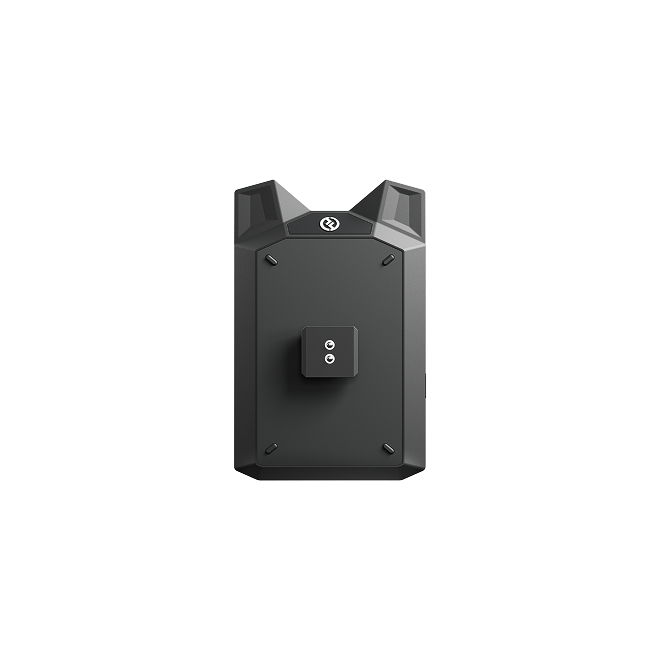

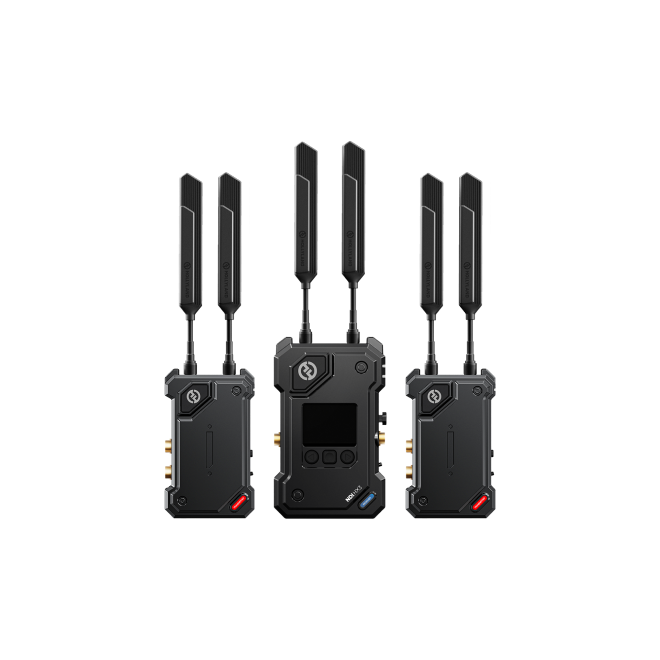
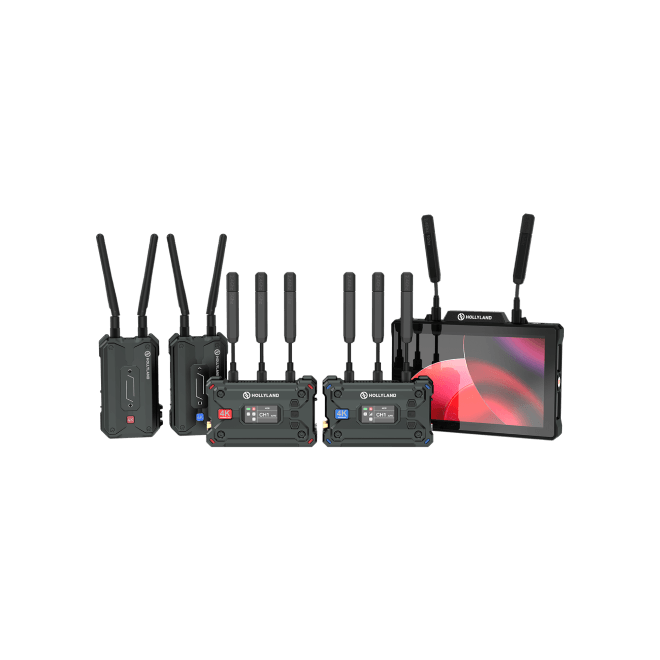

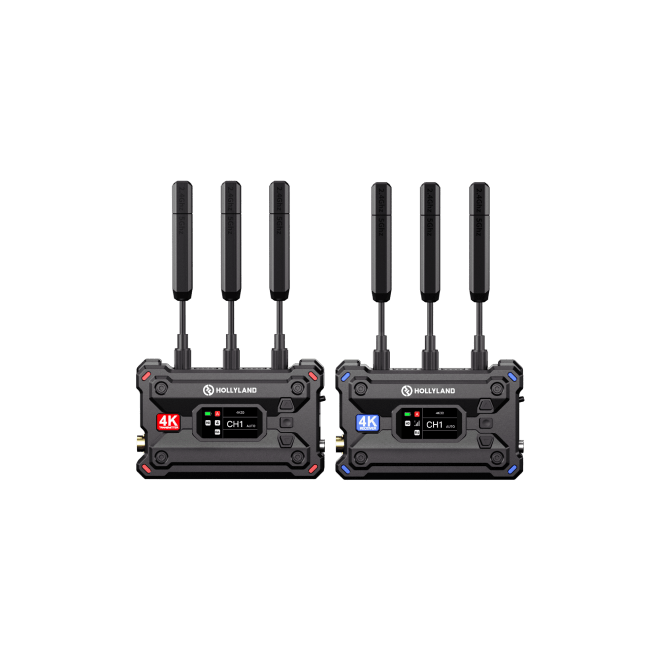
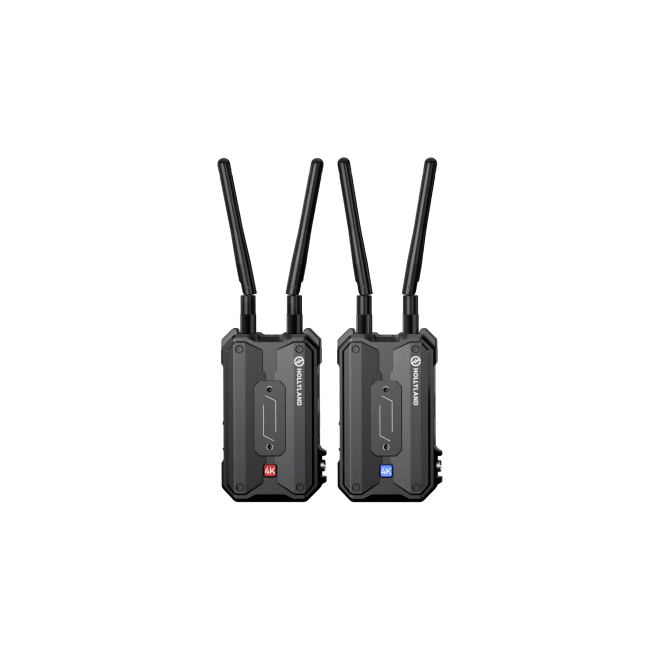
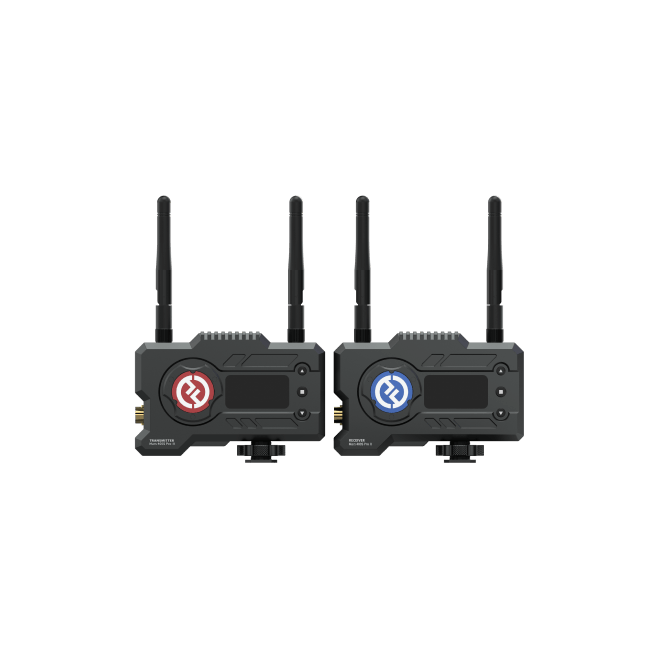
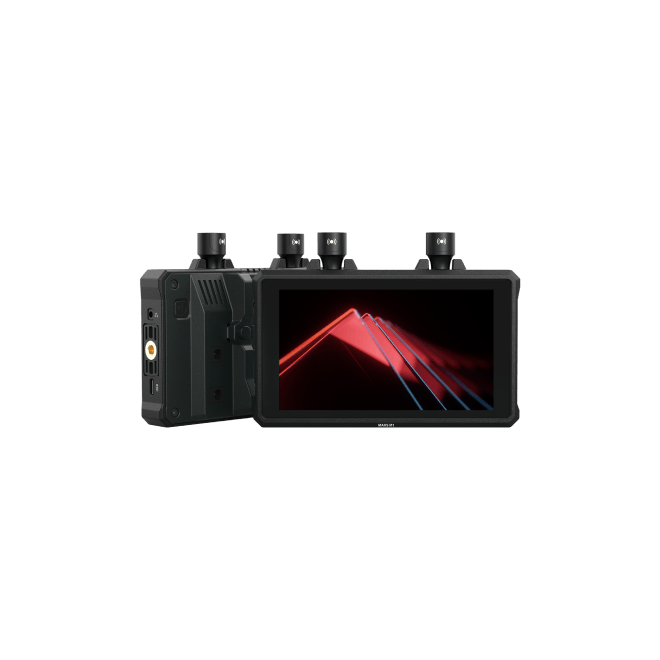
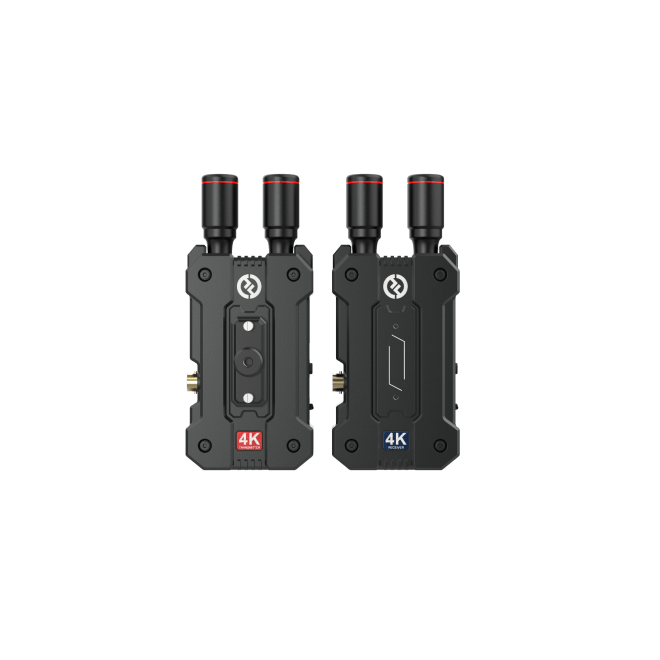
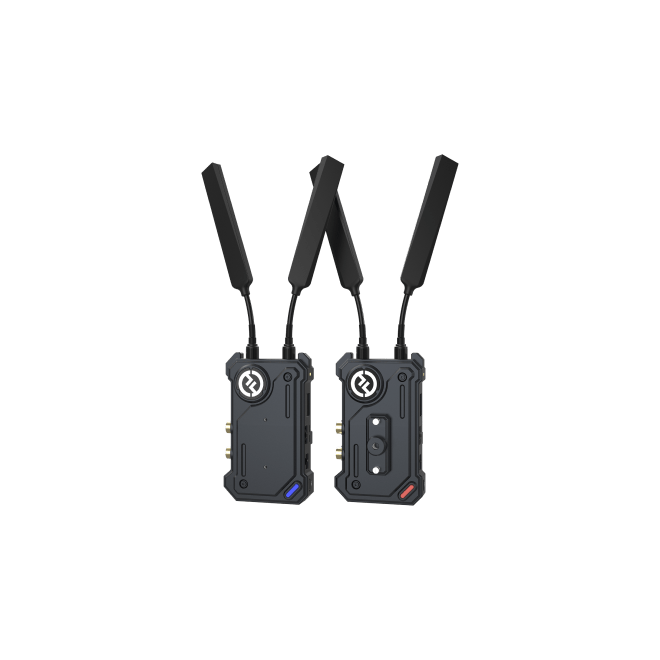
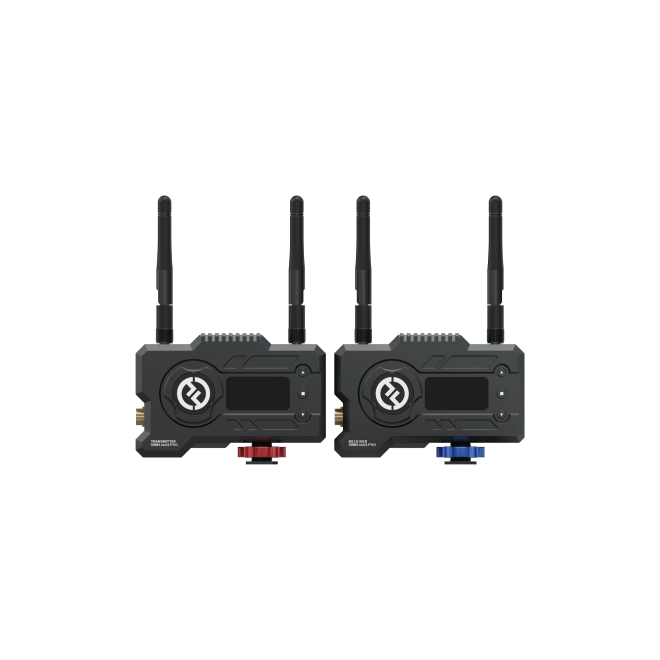
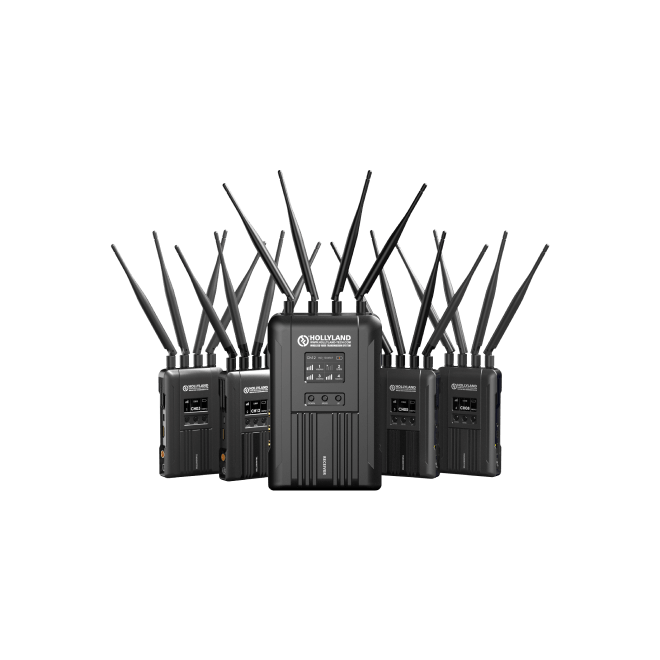
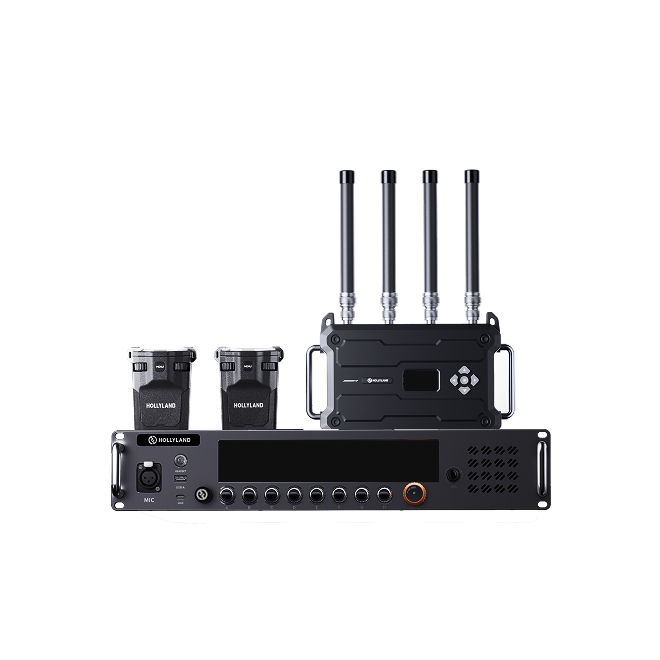



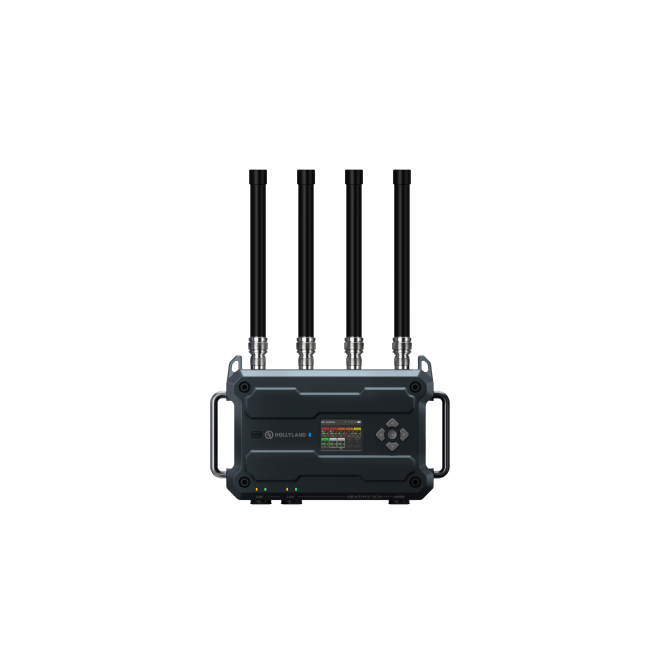




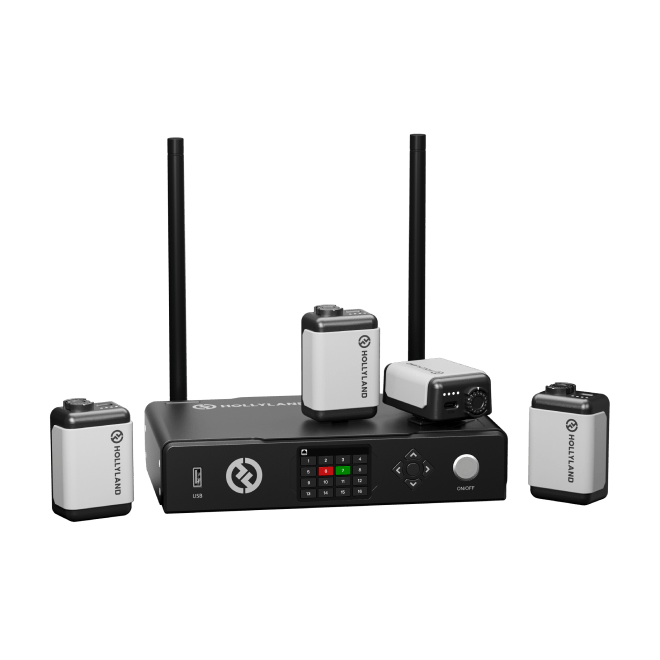

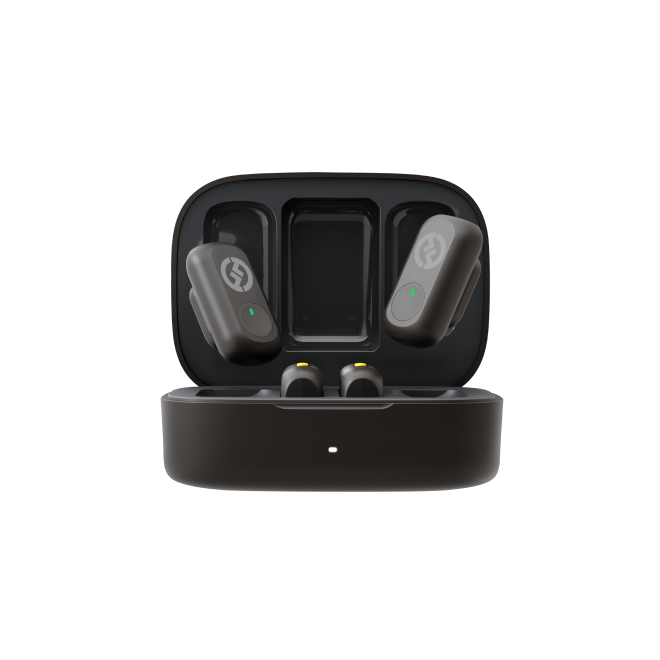

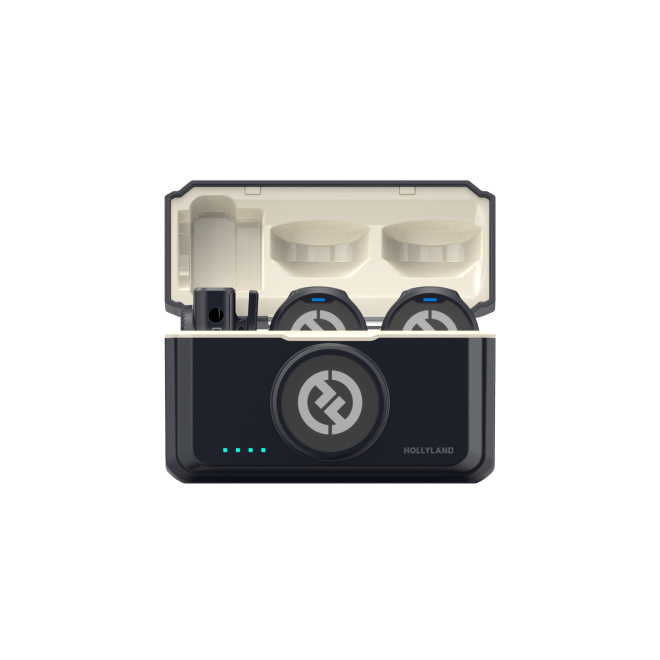



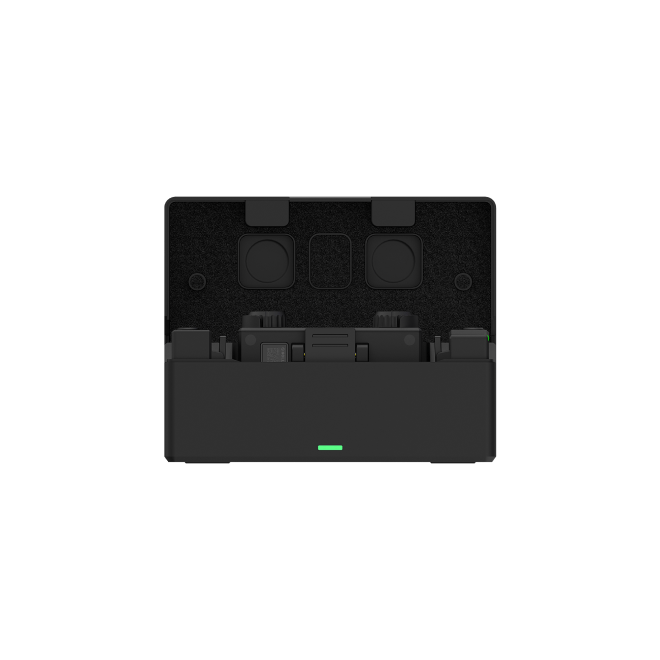


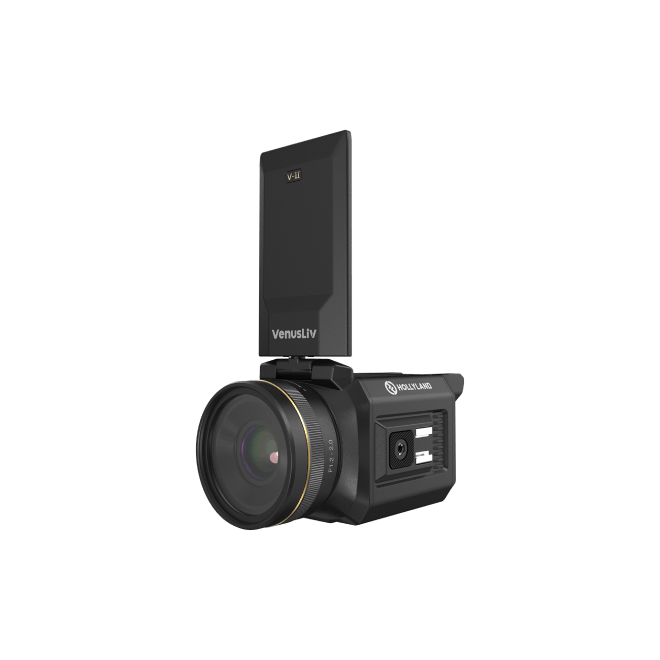
.png)




